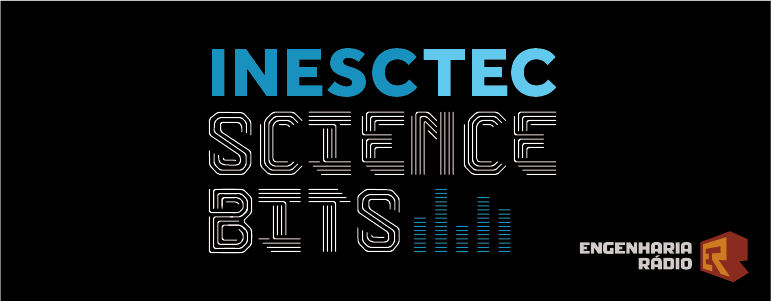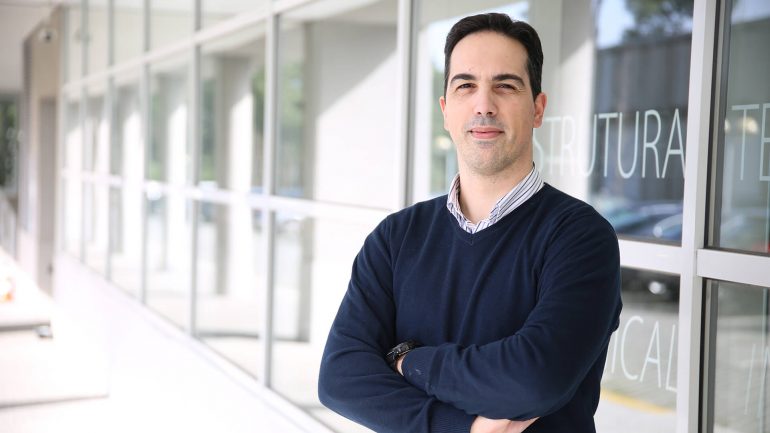INESC TEC Science Bits #11 – Computer Vision
INESC TEC Science Bits is a podcast, produced by INESC TEC and Engenharia Rádio, which aims to shed a light on the latest trends in science and technology, trying to dive deeper in each subject with the help of INESC TEC experts and researchers.

Have you ever thought how the filters you apply on your photos work? How does your smartphone know where to put those funny dog-ears or even how to mark your Facebook friends? All that technology comes from Computer Vision, a field that, by incorporating different techniques including artificial intelligence, teaches computers to interpret and understand the visual world, basically, to “see” and react to the world around.
The first experiences using computer vision started in 1950, but the progresses have been surprising, up to the point of having systems today, that can be even more accurate than humans can. Without even knowing it, we use computer vision every day, through smartphones or computers, when we navigate on social media, research the Internet or use different applications.
But the list goes on. Besides entertainment, more serious domains such as security, health, sports, media, energy, mobility, and so many others, have already been working with solutions based on this technology, and the range of possibilities is endless.
To talk to us about computer vision and the work that INESC TEC has been developing in that context, we have two researchers from the Centre for Telecommunications and Multimedia, Paula Viana and Pedro Carvalho.

Paula Viana
Paula Viana is a Coordinator Professor at the Polytechnic of Porto and a Researcher at INESC TEC, where she leads the Multimedia Communications Technology Area. She obtained her PhD from University of Porto in the area of multimedia content management. She has been responsible for the participation of INESC TEC in several national and European projects, involving universities and media industries. Author of several publications, she is also an active reviewer for journals and conferences and engaged in the organization of workshops and program committees in the area of Multimedia. Additionally she is also often engaged in the evaluation of European and Portuguese research proposals and projects. Her main research activities and interests are in the field of networked audiovisual systems, content annotation and management, interactive and immersive media, computer vision, machine learning and personalization.

Pedro Carvalho
Pedro Carvalho was born in the district of Porto. He got a degree in Electric and Computer Engineering in 2001, a Master degree in Networks and Communication Services in 2004 and the PhD degree in Electric and Computer Engineering in 2012, all from the Faculty of Engineering of the University of Porto. He has been a collaborator of INESC TEC since 2001 and he is currently a Senior Researcher at the Center of Telecommunications and Multimedia. He is also an Invited Adjunct Professor at the School of Engineering of the Polytechnic Institute of Porto. He has participated or been responsible in several research activities, including European projects or contracts with companies. His current research interests include image and video processing, multimedia systems, computer vision and machine learning.
Subscreve Apple Podcasts | Spotify | Youtube Music

You must be logged in to post a comment.